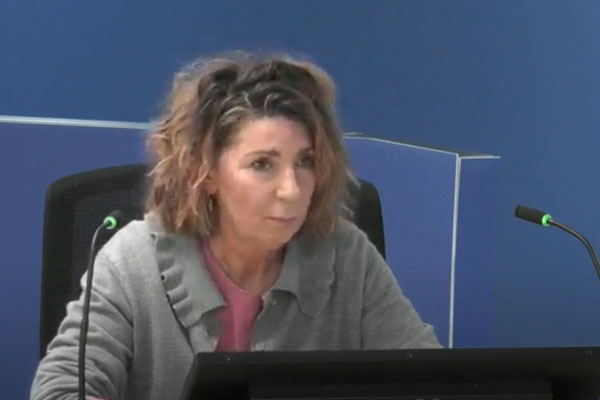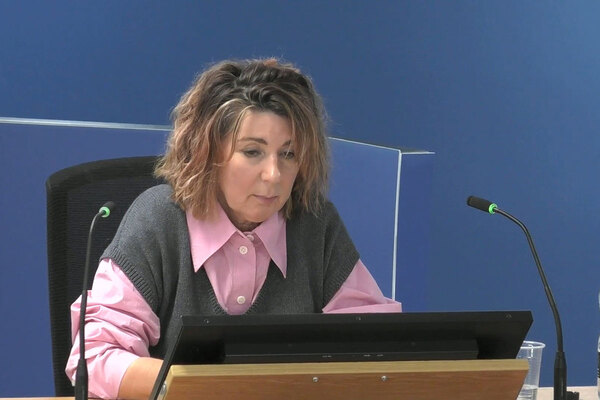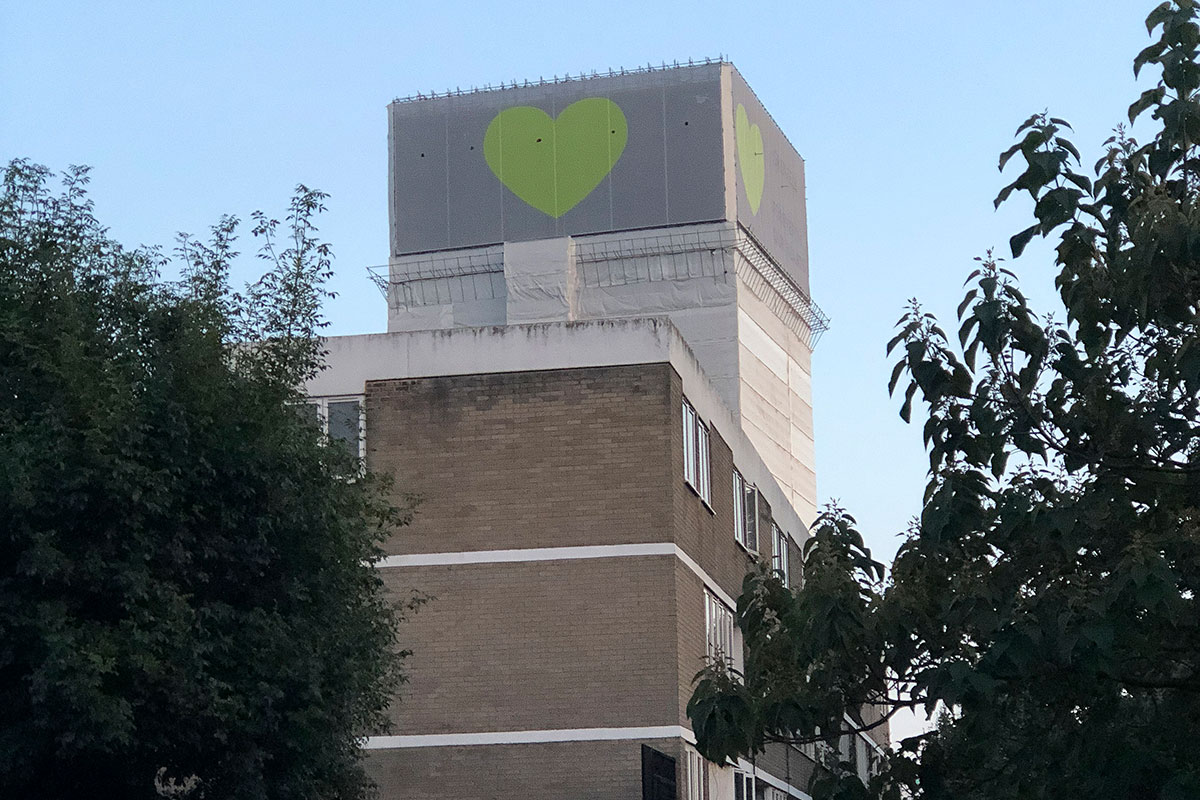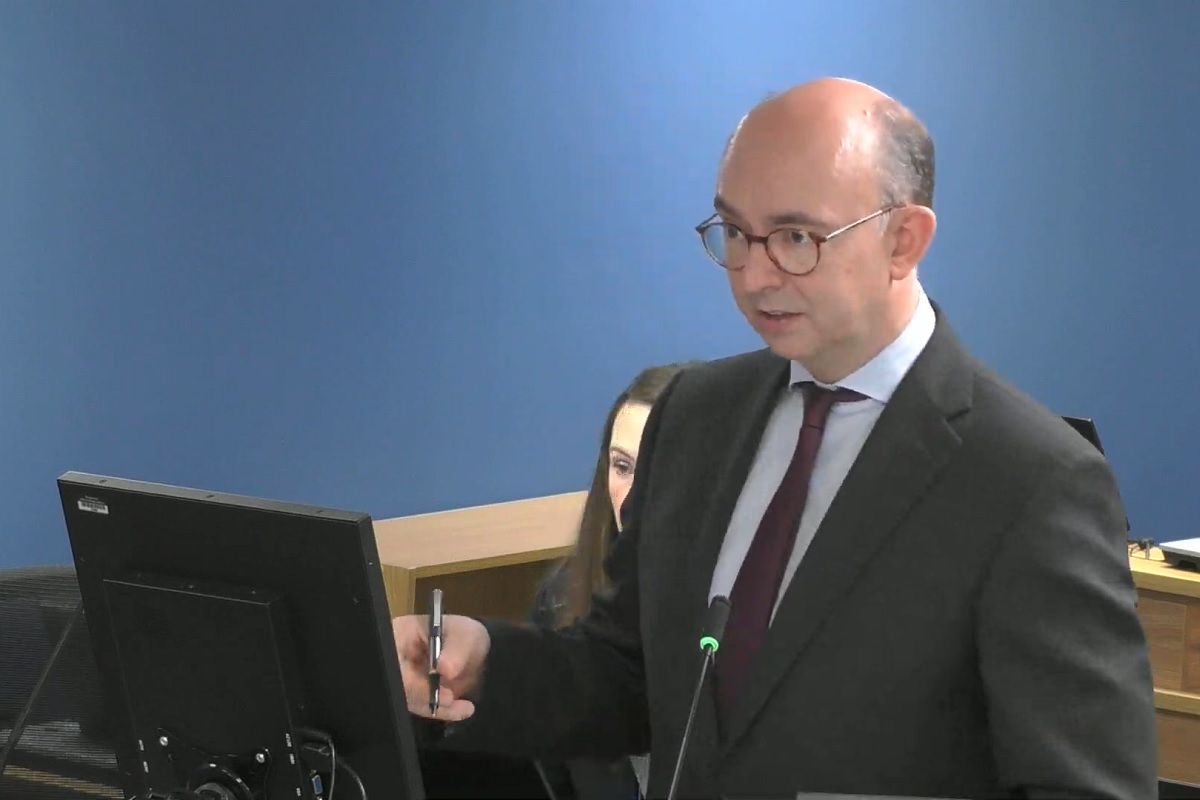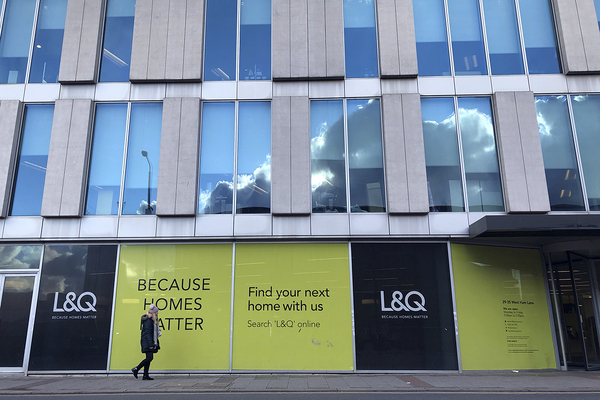Guidance on evacuation written without input from disability groups, inquiry hears
Government-endorsed guidance that said it was “usually unrealistic” to provide evacuation plans for disabled residents of blocks of flats was written without input from any disability rights experts or representatives of disabled people, the inquiry heard today.
The inquiry has previously heard that 41% of the disabled residents of Grenfell Tower were killed in the blaze – a far higher number than any other category of residents.
None of them had been offered a personal emergency evacuation plan (PEEP), with representatives from the building’s manager saying this was due to government-endorsed guidance that said the provision of such plans was “usually unrealistic”.
The inquiry has previously seen emails which showed officials thought it was “not practicable to do so” and requiring their provision would be a “significant burden” on those managing blocks.
Giving her second day of evidence to the inquiry today, Louise Upton, former head of the fire safety policy team at the then called Department for Communities and Local Government (DCLG), was repeatedly asked about why disabled people or disability experts were not consulted on Local Government Association (LGA) fire safety guidance.
Produced in 2011 at the request of the government and with input from several bodies, the document, titled ‘Fire safety in purpose-built blocks of flats’, was a key text for social landlords and other organisations involved in residential fire safety for a decade.
The guidance, authored by consultants CS Todd and Associates, was also strongly supportive of the ‘stay put’ principle, which has come under scrutiny since Grenfell.
Ms Upton was a member of a project group tasked with representing the DCLG while the guidance was produced.
She was also a member of a reference group, which was in charge of agreeing what the guidance should cover and presenting it to a larger group of stakeholders.
Counsel to the inquiry Andrew Kinnier QC said: “Is it right that no one on the reference group was a disability specialist or a representative of an organisation representing disabled people?”
“I probably knew [that] but there were tenants and residents associations and landlords who were also on that reference group. I don’t think it was deliberate decision to exclude representatives,” Ms Upton said.
“You just didn’t think about it?” Mr Kinnier said.
“Yeah, we just didn’t think about it,” Ms Upton said.
The inquiry heard there was no representative for disabled people on the project group, either.
Ms Upton said: “With hindsight I would say… it wasn’t right, but I don’t think we thought that their interests wouldn’t have been covered by the considerations of the project group. Housing providers knew the demographic of the buildings.”
Mr Kinnier asked if anyone had raised the question that there “ought to have been” representation of disabled residents.
“Not as far as I’m aware,” Ms Upton said.
“Given the LGA guide contained guidance about how to assist vulnerable and disabled persons in the event of a fire, what, if anything, did you do … to ensure that the authors of the guide sought the views of organisations representing the disabled and the vulnerable?” Mr Kinnier said.
Ms Upton agreed that she did not do that because she “assumed representatives of housing providers would articulate the views of the vulnerable and the disabled”.
However, at the end of her evidence, the inquiry was shown an email from Ms Upton to LGA project manager Caroline Bosdet, sent on 12 September 2011.
In it she said that since the disability discrimination law is “formulated quite generally” and “doesn’t have specific provisions for specific situations… we are very interested in the views of LGA’s lawyers, including any Disability Discrimination Act (DDA) specialists on this when you have them”.
Ms Upton had not included the email in her evidence and said she felt “reassured by it”.
The LGA guide was put out for consultation and responses were called for by 31 May 2011.
The inquiry was shown a document that listed the key themes that emerged from the consultation, which was discussed at a project group meeting on 22 June 2011.
Under the theme ‘people with disabilities’ and under the heading ‘issue to resolve’, it said: “The premise of an escape route design in general needs flats blocks of flats is that some people can escape unaided from their own flat.
“Clearly some people can’t, just as they can’t in houses, through age or disability.
“While the problem is well recognised, and highlighted by many respondents, no solutions have been suggested.”
Mr Kinnier (pictured above) said: “Given the feedback here that the problem had been well recognised and highlighted by many respondents, but no solution had been suggested, was that a prompt to seek advice from a disability specialist or from those groups representing the disabled and vulnerable?”
“Not as far as I’m aware,” Ms Upton said.
Mr Kinnier asked if Ms Upton agreed with Colin Todd, who led the team at the consultancy that authored the guide, who said in his witness statement that the subject of PEEPs was discussed by the project group.
“The consensus opinion of the project group was that it should be acknowledged in the LGA guide that PEEPs were impracticable because of the difficulty in collating information and keeping it up to date,” he said.
Ms Upton said she did not recall the discussion. She agreed with Mr Todd as to why PEEPs were not practicable, adding that in most cases blocks did not have someone available in the event of a fire to help.
The Chief Fire Officers Association (CFOA) raised concerns about the guidance and warned in comments on a draft version of it that to “ignore and eliminate advice on disabled access and evacuation is a fundamental error of the document and [it] is recommended that it must be included”.
Mr Kinnier asked: “Wasn’t that a further prompt to engage the services of a disability specialist and/or to engage with those groups who represented the disabled and the vulnerable on this crucial issue?”
“Yes,” Ms Upton said.
She was also grilled about a letter that was previously shown to the inquiry from Elspeth Grant, director at fire safety consultancy TripleAconsult, which was sent shortly after the guide was published.
Ms Grant’s letter, addressed to then-chair of the LGA Sir Merrick Cockell, who was at that time leader of the Royal Borough of Kensington and Chelsea (RBKC), which owned Grenfell Tower, warned that the guidance was unlawful and that it discriminated against disabled people.
She called for it to be withdrawn and amended “before this guidance leads to an unnecessary tragedy because plans were not in force”.
Asked what she did upon seeing the letter, Ms Upton said she thinks she “would have thought the premise of the letter was wrong” because it related to “people paying for accommodation rather than living in a domestic premises, their own home”.
Mr Kinnier said that if that was Ms Upton’s response that “it misses the point spectacularly”.
He asked if Mr Upton was a lawyer or specialist in discrimination law, to which she said no. “Did it cross your mind to seek advice from those who did have such specialism and knowledge?” asked Mr Kinnier.
Ms Upton replied: “It was LGA guidance, LGA was representing the housing providers.
“I know this sounds terrible, but I’m not sure I would have seen it as solely my responsibility to do this.”
She agreed she could have raised the question.
The LGA removed the guidance from its website in April 2021, “as changes in government policy and regulation mean that it is now out of date”.
It was later republished by the Home Office, which was pressured to redact the passages on the evacuation of disabled people by lawyers acting for a family who lost their mother during the Grenfell fire.
The first phase of the inquiry recommended the provision of PEEPs for all residents of high-rise buildings, but the government initially sought to water down the implementation of this recommendation following industry lobbying.
It was then forced to do a U-turn under threat of judicial review, but has not yet published the outcome of a consultation on the issue.
Ms Upton was also asked about a 2013 review of ‘generic risk assessment (GRA) 3.2: firefighting in high-rise buildings’, which is official guidance for the fire and rescue service.
The GRA 3.2 was undergoing a review as part of the response to the coroner’s recommendations following the Lakanal House fire in 2009, which killed six people.
Ms Upton authored a submission to then-secretary of state Eric Pickles, which would form his response to the coroner’s recommendations.
In it, Ms Upton wrote that the revised version “will highlight considerations for incident commanders when making a decision on whether to evacuate some or all of a building in the event that the spread of a fire suggests that the stay put principle has become untenable”.
But several draft revisions of GRA 3.2, which were written by the London Fire Brigade (LFB) at the request of the department, failed to address this issue.
Ms Upton raised concerns multiple times over several months from July 2013, but her concerns were not addressed.
She told the inquiry that she agreed with a colleague who later described the final version of GRA 3.2 was “not fit for purpose”, but that she did not know if was a “widely held view” in the department.
Ultimately, the DCLG published a final version of the document in February 2014, to which officials had unilaterally added lines on stay put and evacuation.
But the LFB has accepted that at the time of the fire, it did not provide “any guidance or direction in either its policies or training as to when and how a stay put strategy should be reversed”.
Ms Upton, who became upset several times during the day, gave a tearful final statement, agreeing that things could have been “different”.
She said: “We could have had more resource. We genuinely didn’t understand the risk.
“My team got smaller and smaller and the emphasis was really on restructuring workforce relationships and governance, fire and rescue authorities… a kind of reform agenda which is obviously based on austerity and cutting regulation wherever we could.”
She added: “There wasn’t always a sense of proportionality around the regulations that could go; it was a very business-led agenda. You could easily lose sight of a lot of very important issues.”
The inquiry continues.
Sign up for our weekly Grenfell Inquiry newsletter
Each week we send out a newsletter rounding up the key news from the Grenfell Inquiry, along with the headlines from the week
Already have an account? Click here to manage your newsletters
